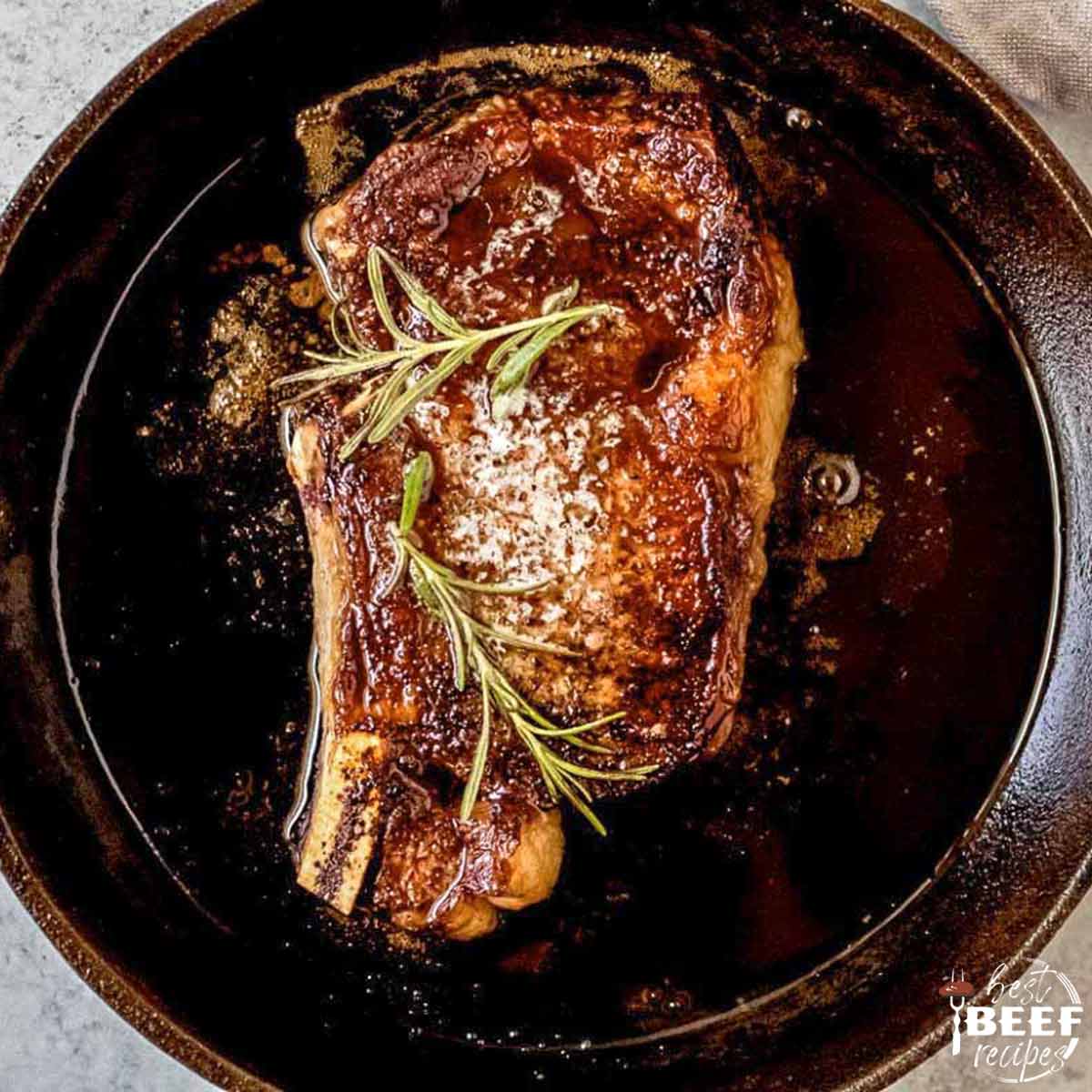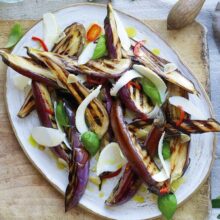The Reverse Searing Steak Technique

The reverse searing steak technique is a great way to get steak cooked just right, without burning the outside. It’s a little different than other methods because it involves cooking the meat at a low temperature first and then finishing it off with a high heat sear.
This method works best with thick-cut steaks like ribeye, top sirloin, New York strip and filet mignon. These cuts have plenty of fat marbling on the exterior that will help them stay tender during the initial cooking process.
Cooking at a Low Temperature
When cooking steak, it is often a good idea to use a low temperature, as it helps prevent stripping the meat of its nutrients. In addition, it allows you to cook a larger amount of meat in one batch than traditional methods would allow.
The reverse sear technique is a great way to cook steak at a low temperature, allowing you to achieve a perfectly medium rare steak with a crusty golden brown exterior without overcooking the insides. This method is particularly beneficial for thicker cuts of steak that might overcook in a conventional one-step cooking method.
The key to this technique is knowing when to switch from the low and slow stage of cooking to the final searing phase. Once the steak reaches the internal temperature that you want to achieve, remove it from the oven or grill and finish it with a brief searing.
Tenderizing the Insides
If you want a perfectly cooked steak, it’s important to get the insides to the perfect temperature before you start searing. This is the key to getting a juicy, tender cut that isn’t tough or chewy.
Tenderizing the insides of the meat can be done by using a variety of techniques. One popular method is to pound the meat with a mallet before cooking it, which can break down the tough muscle fibers and connective tissue.
Another good way to tenderize a steak is by adding marinades and powders that contain tenderizing enzymes. You can also try using fresh fruit juices as a tenderizer, such as pineapple or kiwi.
If you don’t have a meat tenderizer, you can also use a high-temperature cooking technique called sear and move to achieve the same result. This method can be applied to thick cuts of steak and will result in a juicier, more tender meat that doesn’t have a gray band of cooked meat on the outside.
Creating a Brown Crust
Creating a beautiful brown crust on a steak is an important part of the process. It’s a result of the Maillard reaction, which happens when proteins and sugars hit high temperatures to create a drool-worthy, caramelized crust.
The reverse searing technique dries the surface of your steak, which helps ensure that the Maillard reaction has time to start. This makes it easier to get a perfectly browned crust without the risk of overcooking the outside.
This technique is especially great for thick cuts of meat, like bone-in ribeyes or filet mignon. But it’s also good for any other cut of steak that’s thicker than an inch.
Adding Flavor
The reverse searing technique for cooking steak at a low temperature is an excellent way to add flavor to any thick cut of meat. It delivers a juicy tender interior with a crisp, tasty crust.
This technique works particularly well on ribeyes, porterhouse, t-bone, tomahawk and strip. You’ll want to buy a steak that is at least 1 inch thick, with plenty of fat marbled across the surface.
Reverse searing is an effective cooking method that combines oven and pan methods to create restaurant-quality results. This cooking method ensures that the steak is cooked to perfection without overcooking it, and that the exterior remains perfectly browned.
It also dries out the surface of the meat as it cooks, making it easier for a Maillard reaction to occur. This chemical reaction creates the browned, crispy crust that steak lovers crave so much.


